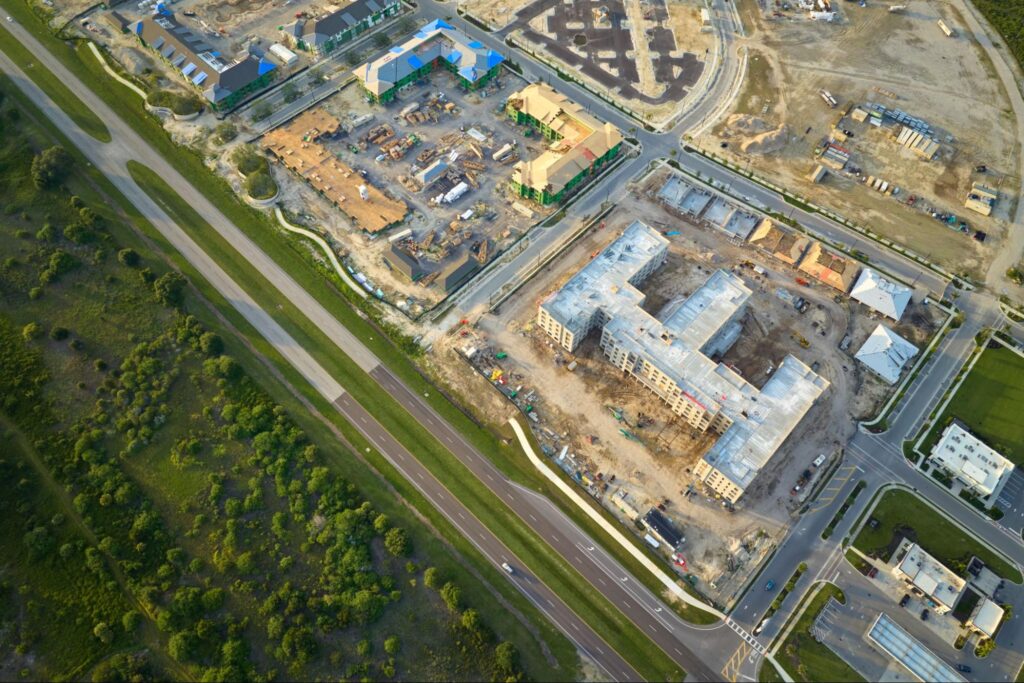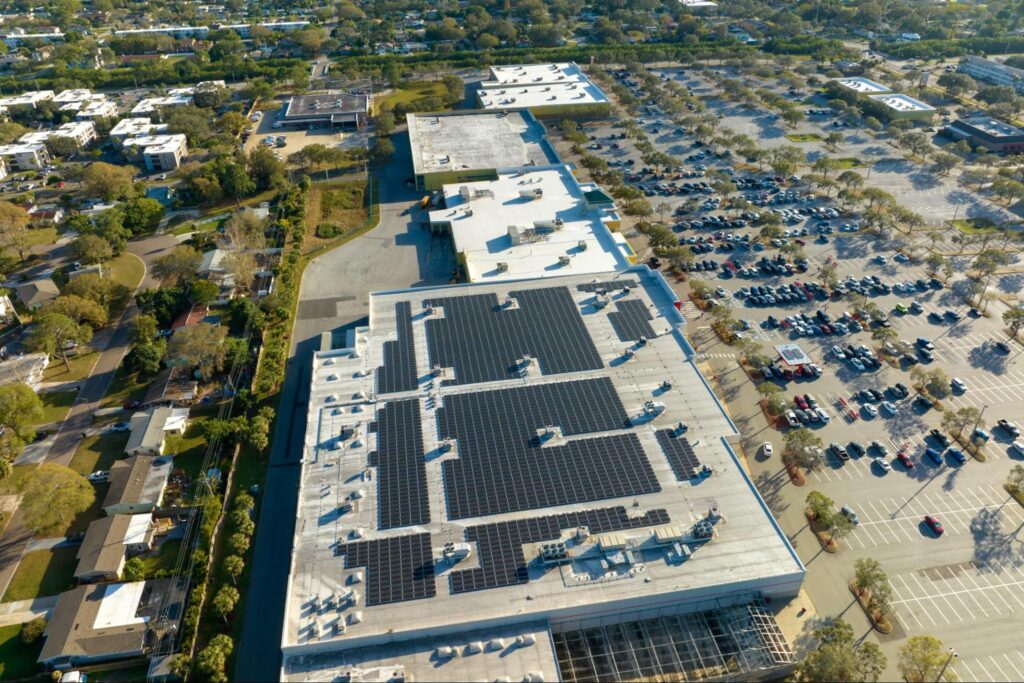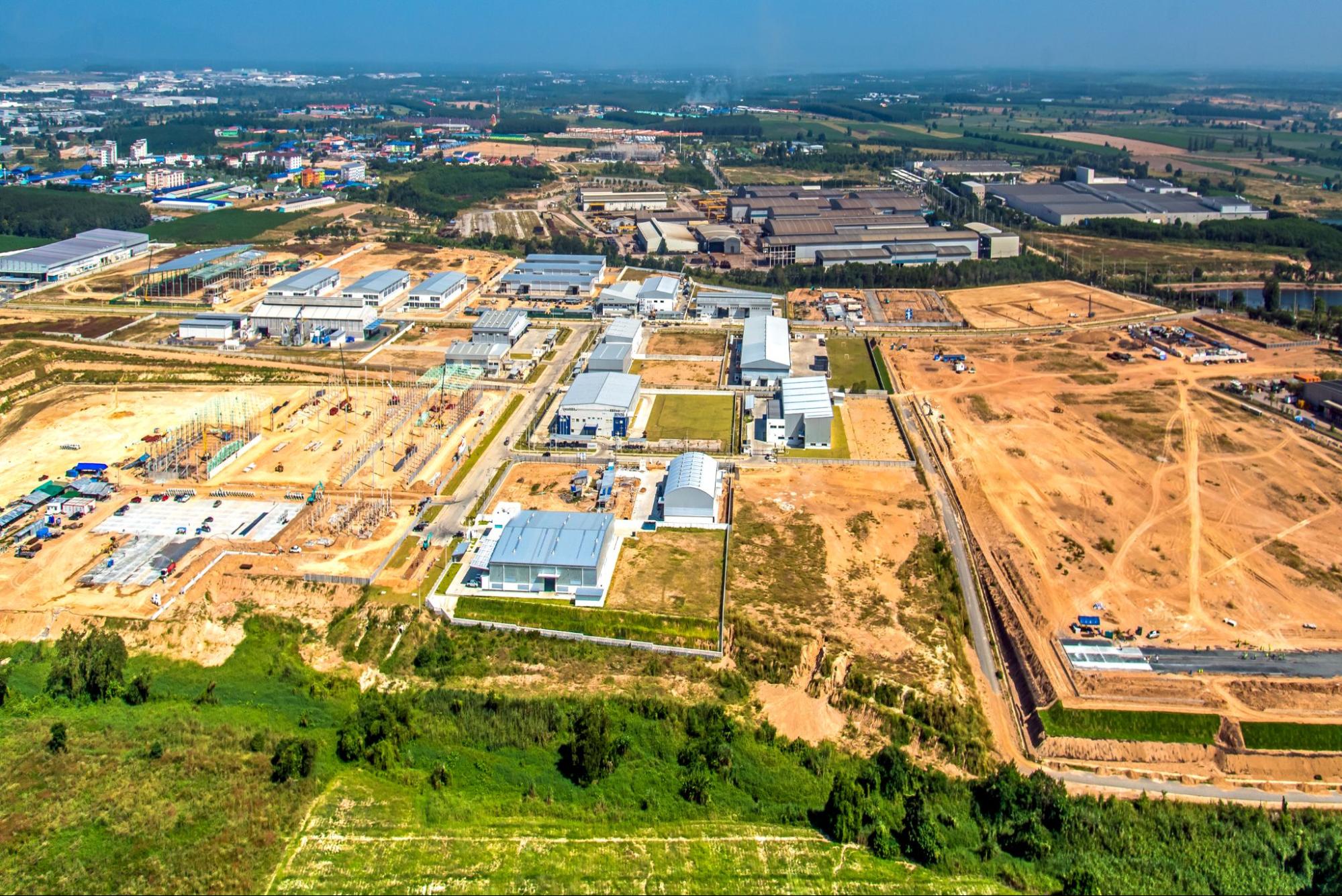Spring Hill, Florida, is rapidly emerging as a hotspot for commercial land development, attracting savvy investors eager to tap into its potential. This Hernando County city boasts a favorable location, an expanding population, and a growing economy, making it a promising area for commercial real estate investments.
In this article, we’ll explore the current market dynamics and discuss various investment strategies tailored for success in Spring Hill’s commercial land development landscape.
Understanding the Market Landscape
Economic Overview
To effectively capitalize on investment opportunities, understanding Spring Hill’s economic context is essential. The city has witnessed considerable residential growth driven by its appealing quality of life, abundance of outdoor activities, and affordable housing options. As the population continues to rise, there’s an increasing demand for commercial services, presenting lucrative opportunities for development.
According to the U.S. Census Bureau, Hernando County’s population growth is expected to continue in the coming decade. This trend, combined with the area’s affordability compared to nearby metropolitan centers, reinforces Spring Hill’s attractiveness for commercial land investment.
Infrastructure Development
Impressive infrastructure is crucial for successful commercial land investments. Spring Hill enjoys excellent connectivity along U.S. Route 19 and the Suncoast Parkway. Additionally, numerous infrastructure projects, including road upgrades and potential transit expansions, position the area as a burgeoning economic zone, further solidifying its status as an ideal target for commercial real estate investments.

Competitive Dynamics
The competition for commercial land in Spring Hill remains moderate, allowing savvy investors to secure properties at favorable prices before the market becomes saturated. This presents unique opportunities for innovative development strategies that can maximize return on investment (ROI).
Investment Strategies in Spring Hill
Community-Centric Development
Engaging in community-centric development allows investors to align with Spring Hill’s growth trends. The community’s strong preference for local businesses paves the way for retail and service-oriented establishments. Creating developments that cater to local needs—such as grocery stores, dining establishments, and recreational facilities—can yield sustainable returns.
Case Study: Local Retail Development
A prime example involves a local developer who purchased a 5-acre parcel near residential neighborhoods. By engaging with local residents and conducting thorough market research, they curated a mix of retail and community services, resulting in 90% occupancy within the first year.
Mixed-Use Developments
Mixed-use developments blend residential, retail, and office spaces, providing diversified revenue streams while enhancing community well-being.

Case Study: The Spring Hill Hub
The Spring Hill Hub combines condominiums with retail and office units in a central location. This development effectively capitalizes on demand for both living and working spaces with occupancy rates exceeding 85% within the first year.
Land Banking
Land banking allows investors to acquire properties that could appreciate over time, particularly in a growing market like Spring Hill. By identifying parcels of land in developing areas, investors can potentially reap significant rewards as demand increases.
Case Study: Strategic Land Purchase
A notable investor acquired a 20-acre tract on Spring Hill’s outskirts, anticipating future infrastructure improvements would boost land desirability, leading to substantial appreciation.
Focus on Sustainable Development
Sustainable commercial developments are gaining importance in the investment landscape. By focusing on green building practices, investors can reduce overhead costs and appeal to environmentally conscious tenants.

Case Study: Eco-Friendly Retail Initiative
A recent sustainable office and retail complex showcased energy-efficient technology and green materials, attracting tenants and achieving a 15% reduction in utilities during its first year.
Navigating Regulatory and Financial Considerations
Investors in commercial land development in Spring Hill must carefully navigate regulatory landscapes. Zoning laws, environmental regulations, and financial arrangements will significantly influence project success. Collaborating with local planning authorities and consulting knowledgeable real estate professionals is advisable.
Additionally, investigate available financial incentives such as tax credits and grants for new developments or renovations in the area.
Final Thoughts
Spring Hill is ripe with opportunities for commercial land development, fueled by its evolving economic landscape. By employing community-centric strategies, integrating mixed-use projects, investing in land banking, and embracing sustainable practices, investors can effectively navigate this promising market.
Engage with local stakeholders and develop informed, strategic plans to position your investments for lasting success.
Florida ROI provides expert insights for commercial real estate success—let’s talk today!
Frequently Asked Questions
Q: What type of commercial properties are in demand in Spring Hill?
A: There’s a high demand for retail outlets, office spaces, and mixed-use developments driven by population growth and community needs.
Q: How can I assess the potential ROI for a commercial land investment in Spring Hill?
A: Conduct detailed market analyses, understand local economic trends, and evaluate the residential and retail demand within the area.
Q: Are there financial incentives for developers in Spring Hill?
A: Yes, local governments offer various grants and tax incentives aimed at encouraging commercial development, especially sustainable projects.
Q: How can land banking yield long-term gains?
A: Land banking allows investors to acquire properties at lower prices, holding them for appreciation as demand in the area rises.
Q: What are the main challenges in commercial land development in Spring Hill?
A: Navigating zoning regulations, securing financing, and predicting market trends are key challenges; collaborating with local experts can help mitigate these risks.



